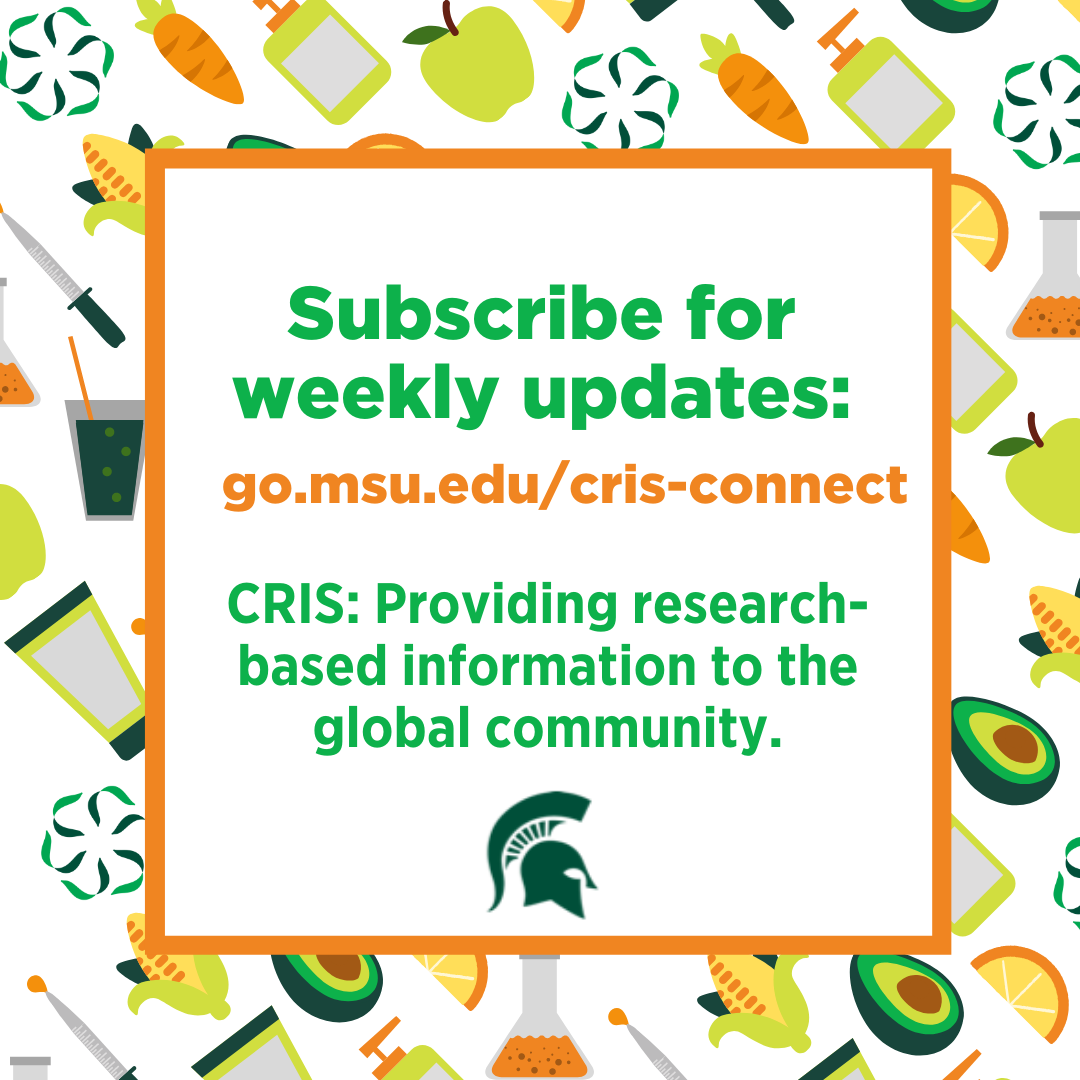Food, Medicine, & Cosmetic Packaging – Overview
We’re all familiar with packaging. In this series, we explore the packaging used on our food, medicine & cosmetic items. In this post, we take an overview of packaging and ingredients that come into contact with products we use and consume daily.

What is packaging?
Packaging is the material found around many foods, medicine, and cosmetic products. Many materials are used to create packaging including plastic, metal, glass, paper, and more.
There are many different types of packaging depending on the goal. For example, packaging designed for transporting large quantities of medication will be different than the packaging designed to portion out individual doses of medication.
For the purposes of this series, we will focus on packaging that has direct contact with the foods, medications, and cosmetics we use and consume.
What is the purpose of packaging?
There are three core purposes of packaging materials: 
- Protect products from contamination or damage.
- Contain and portion products.
- Communicate what’s in the packaging to the consumer.
Let's look at food packaging.
If we look at a product like yogurt, we can see how one individual yogurt container keeps the foods protected from contamination and damage during transportation, perfectly portioned and contained, and contains key communication points like required ingredient and nutrient labeling as well as additional marketing and branding information.
Storage and transportation are required to get foods and beverages from the farm or the source to our tables. There are numerous points in our distribution system where food and ingredients are stored, processed, packaged, transported, and then make their way to our plates.
Packaging keeps our foods from coming in contact with substances and pathogens that could potentially cause us harm or cause our foods to prematurely spoil (1).
All of the containers, packaging, and storage points require food- and beverage- contact safe containers and packaging to ensure that our food remains safe while it makes its way through our supply chain system. Additionally, regulations and safety protocols outlined in Current Good Manufacturing Practices (CGMP) are followed to ensure our products remain safe for consumption.
How does packaging work?
Manufacturers use many techniques to preserve product quality from safe transportation to the final packaged product that we purchase and then use and consume.
For example, after a manufacturer safely transports ingredients to a facility, they can create a food product that then needs packaging before heading to a supermarket. To keep the product safe and fresh, the manufacturer may add an antimicrobial additive to the plastic packaging to ensure the food doesn’t become contaminated with potentially harmful microorganisms on its way to the supermarket and eventually to our plate (1).
That antimicrobial additive will work in conjunction with the plastic packaging, the ingredients used to form this protection come into contact with our foods and products and must be safe for us to use.
Does packaging contaminate or leave trace residues on foods and ingredients?
In certain instances, trace residues can migrate from packaging into the product that's being contained. Therefore, manufacturers must consider the material’s safety when designing the packaging for specific products.
Recycled materials, for example, require a manufacturer to consider the material’s origin and original use prior to the recycling process before they can use the material in food packaging. If a prior use contaminated the material, it’s no longer food-safe and cannot be used to create food-safe packaging.
Guidelines prevent manufacturers from using unsafe materials that can leach harmful chemicals or have excessive residues that can cause harm. While there can be small amounts of residue found on and in packaging, like with other types of potential contaminants and trace residues, the FDA provides toxicological guidance to ensure the packaging remains food and beverage safe (remember, the dose makes the poison).
How is packaging residue regulated for safety?
The FDA regulates packaging and materials that will come into contact with food through a premarket notification process (1). A premarket notification process involves the manufacturer submitting key data and safety points around the material demonstrating that the packaging or contact substance satisfies the FDA’s safety requirements.
To get the required data points, manufacturers enlist researchers to perform a battery of safety tests evaluating the ingredient’s safety profile. Sometimes ingredients found in the packaging or contact materials will be present on food. The researchers will measure this residue in parts per million (ppm) or parts per billion (ppb) (1). Once they have results, they will calculate a safety profile using a risk assessment process.
Are there new concerns around packaging?
There are a few emerging research areas that scientists are exploring to ensure food safety. These include nanomaterials that could potentially be bioactive meaning they could impact health, unintended contaminants migrating from packaging into products, and sustainability concerns.
We’ve invited speakers to address these issues at our 2021 Science Symposium. More information on our symposium to come.
The good news.
Current packaging keeps the products we use and consume safely. Like with all science, researchers continue to look at materials from different angles and perspectives using new tools and models to ensure the packaging we use remains safe. As we learn more, we can continue to update best practices to stay in alignment with the latest scientific knowledge.



 Print
Print Email
Email




